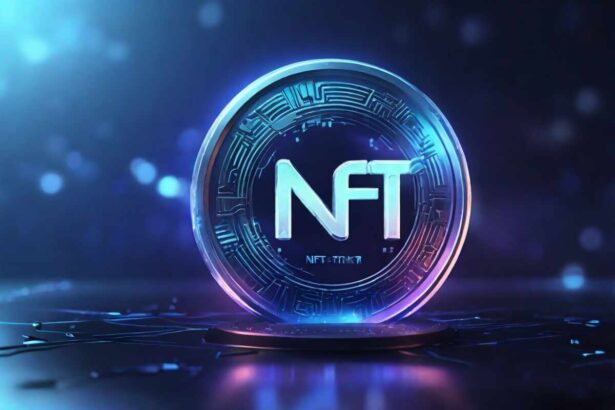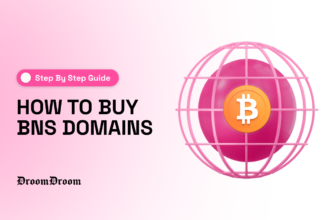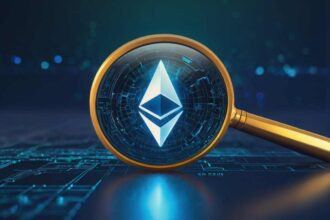Royalties are also known as royalty payments and have played an essential role in the financial scene. In royalties, one party pays another for using their digital assets. For example, artists can charge radio stations and other media for the right to play their albums.
NFT royalties are fees given to the original NFT artists or creators for intellectual property. Simply put, NFT royalties are payments to the original creator of a digital asset on each sale.
Creators can state the royalty payout proportion during the minting process. The code determining how NFT royalties are paid is on smart contracts accessible through blockchain networks.
NFT Royalties: How Are They Calculated?
Transactions on blockchain technology can sometimes be complicated, but NFT royalties are easy to understand. NFT royalties are put in place when the owner of the digital asset mints their product and lists it on the marketplace. This is the minting phase. Here, the artist simply selects the wallet for the payout and the royalty percentage.
The royalties are paid when the NFT is resold to a second bidder. Royalties are mostly within the range of 1 to 10%. The platform will deduct a royalty fee equal to the owner’s portion. The buyer makes this purchase and is not connected to the amount the seller is paid.
The royalty percentage to include in the contract is solely up to the artist minting the NFT. The minting phase is where this is determined and minted. Those with more collections or individual items may reduce their royalty percentages to encourage trading.
NFT royalties are tracked by smart contracts on-chain. Smart contracts make the conditions of the execution of an agreement easier. This is done automatically and ensures that the artist receives their royalty percentage.
Who Uses NFT Royalties?
Artists of all fields, including musicians and content makers, can use NFT royalties. The buyer also benefits as they can recognize what they are buying. The assets can now be resold and exhibited with pride.
According to Cointelegraph, Pop sensation Taylor Swift has been working on all her recordings and past albums since 2021 and releasing them to take full control of her art and separate herself from her former record label.
The 2011 song “Another Girl” by electronic musician Jaques Green yielded about $27,000 royalties.
Another excellent feature of NFT royalties is that the NFT can be sold while the owner’s copyrights are untouched. The artists may also decide to sell the rights to their NFT to other people.
The new owner of the NFT rights will then receive the royalties. NFT royalties ensure that artists produce a work of high quality as long as the NFT is sold.
Royalties are beneficial to all musicians and content producers and not just artists.
The Role of the Marketplace in NFT Royalties.
Marketplaces provide content producers a place to market, grow, and refine their work. Marketplaces are vital for enhancing trade and increasing the NFT system.
There are also cross-chain marketplaces for the sale and purchase of digital assets. This is in addition to the marketplaces within each network. Marketplaces go beyond being a place to provide NFT with royalties, as listing projects gives them legitimacy.
Also, NFT marketplaces establish the royalties for NFTs sold. This may affect the volumes and the NFT ecosystem at large. The amount of NFT trading is a vital performance metric in evaluating the state of an NFT collection.
OpenSea is an example of an NFt platform that has experimented with optional royalties, giving the buyer a choice to either compensate the creator of the art or not. This leaves a negative impact on the creator as the recurrent revenue reduces. Therefore, the creator’s economy will be less competitive and sustainable as new studios won’t stand a chance with more established ones.
Are NFT Royalties Transferrable?
There are concerns about the ability to transfer NFT royalties between marketplaces as several NFT markets that benefit from interoperability have significantly boosted the NFT economy.
At this point, it is crucial for learners to know that when NFTs are transferred from one marketplace to another marketplace, the policies on the royalties do not automatically change.
Also,it is interesting to compare the differences in the NFT royalty percentage policy across different markets. For example, royalties for collections, not individual pieces, are supported in the OpenSea marketplace.
Hence, the creator is not entitled to NFT royalties on OpenSea over a sale on Rarible. Furthermore, Rarible permits a 50% cap against the maximum % royalty ceiling of 10% on OpenSea.
The Advantages of NFT Royalties
The question of how to check NFT royalties and optional royalty benefits may make the value of NFT royalties unclear; hence, learners need a deep-seated understanding of the advantages of NFT royalties.
One of the main benefits of NFT royalties is the ability to receive passive income. NFT royalties can provide artists with a smooth stream of passive income.
As a result, artists can increase their passive revenue as time goes by. This huge advantage is a major justification for the emphasis on royalties on NFTs.
Another way we see how a creator’s work increases in value over time is through royalties. Therefore, an artist’s standing in the marketplace is steadied by the royalties they receive.
Conclusion
NFT royalties are a fantastic means of payment for an artist in a marketplace. Proper calculations are made within smart contracts, and the agreed percentage is sent to the artist’s wallet once the NFT has a secondary sale.
Notwithstanding, royalty payment percentages are alarmingly dropping because of the recent “race-to-the-bottom” notion of marketplaces, which has reduced costs for artists.



















